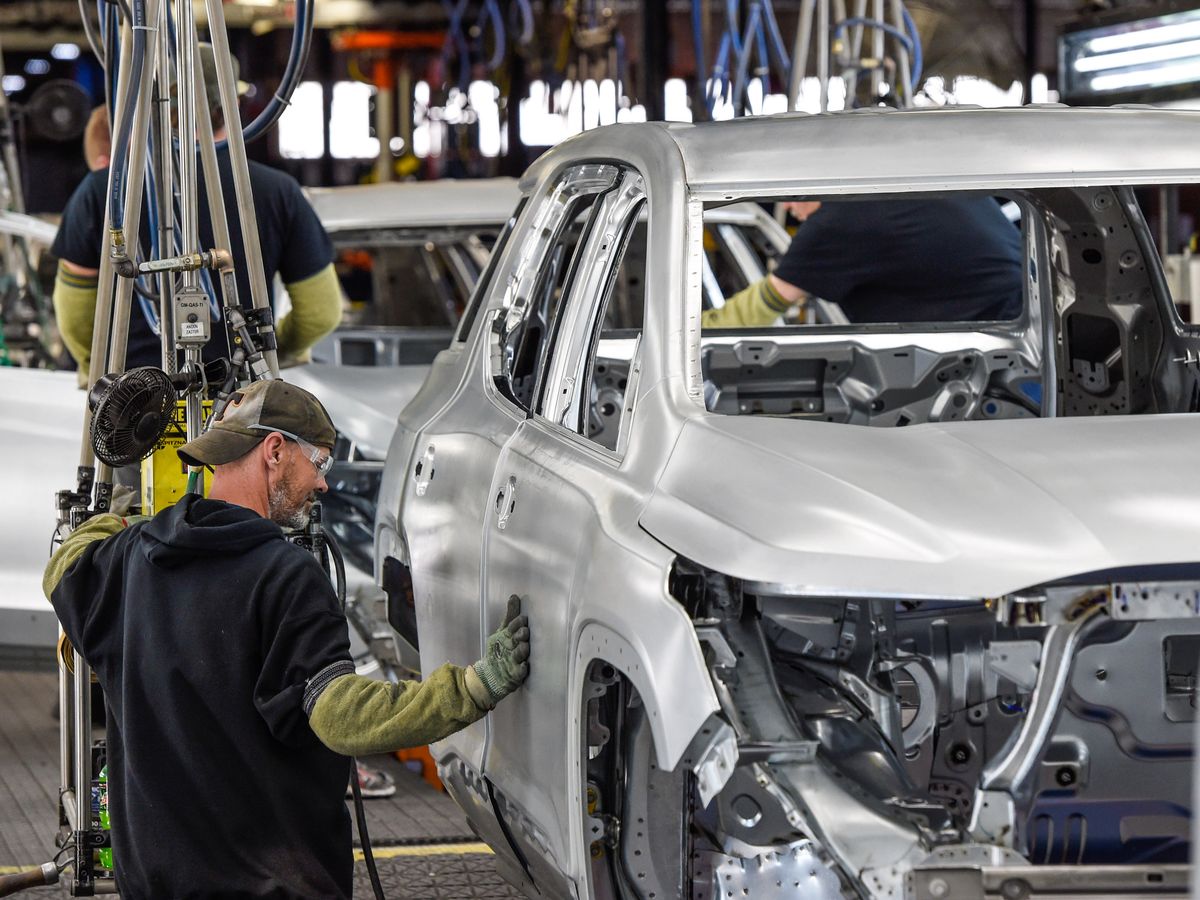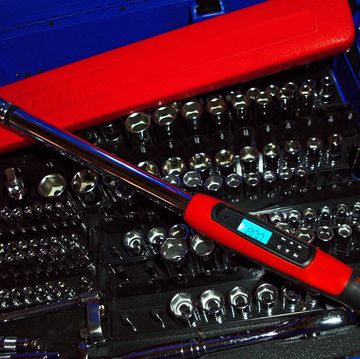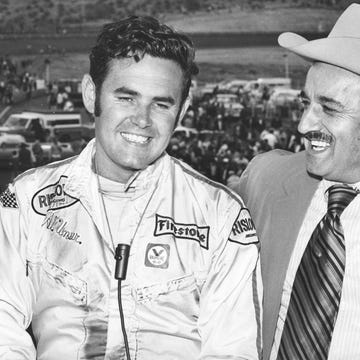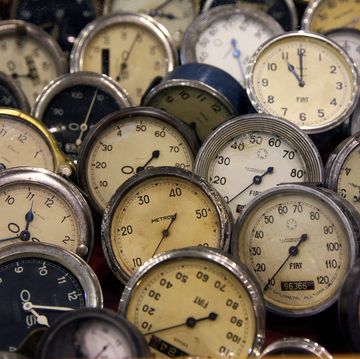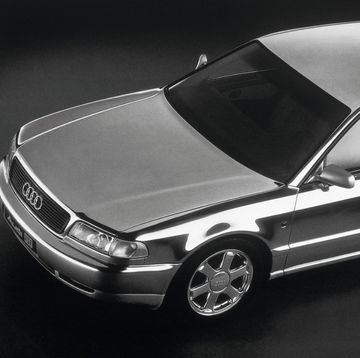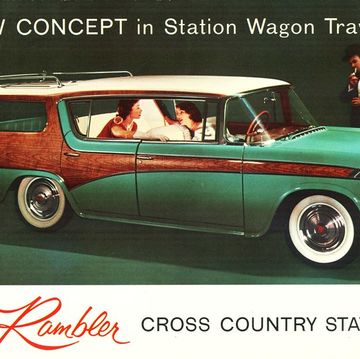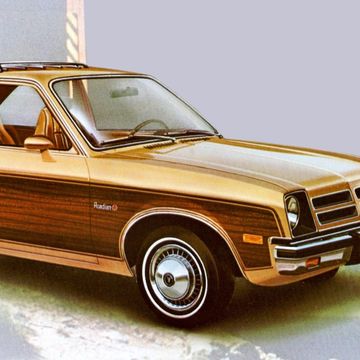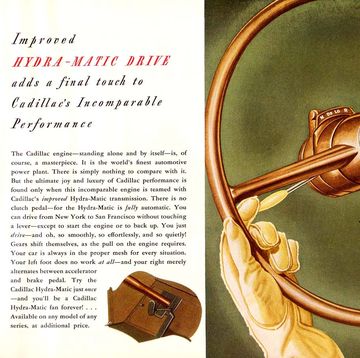Welcome to a weekly feature we call Autoweek Talks, where we bring you a smattering of stories tied to a theme—a theme explored often very, shall we say, interpretively. The aim is to deliver automotive content that entertains and enlightens but that doesn’t necessarily follow the news cycle. This week Autoweek Talks: Rust.
With every new generation of a car, you almost always hear the same thing: More high-strength steel used! Stronger! Stiffer! Then you get some reference, such as a frame’s higher torsional rigidity and other specs to hammer the point home. And while that’s all great, a common misunderstanding arises from it. And I want to correct it now: High-strength steel doesn’t make a car any stiffer. It makes it stronger, or it makes it lighter, or both. But not stiffer. Let me explain.
First, a super quick summary of steel. Steel is an alloy made from carbon and iron. It’s mostly iron, typically more than 99%. And that means if untreated and exposed to air, it will rust. Rust is nothing more than iron and air bonded together. But that well-known property is but one of many amazing traits of the alloy. If you make steel with different amounts of carbon, or expose it to different methods of cooling, or a number of other things, it changes a lot of steel’s properties. As a result, different steels have a huge variety of strengths. But not a huge variety of stiffnesses.
Scientifically speaking, strength is how much load steel can withstand before failure. Stiffness is how much any given load deforms the steel. If you place a steel bar between two pieces of concrete and hang a 100-pound weight from the center of the bar, the steel will bend a little from the weight, or load. Whether that steel bar is mild- or high-strength, it will bend the same amount. However, if you add another 100 pounds, then another, and another and keep going, the mild-steel bar will deform and break before the high-strength steel.
Torsional rigidity—stiffness—is that 100-pound weight hanging from the center. A crash is the equivalent of adding more and more weight until it breaks, destroying the structural integrity. That’s why manufacturers add more high-strength steels to car frames over time and in critical places: to withstand car crashes and keep occupants safe. Minimum standards of car safety continually increase, and to meet those standards, car structures need to keep getting stronger.
What if you have a structure that’s already strong enough, but you want it to weigh less? A thinner, lighter piece of high-strength steel will have the same strength as a piece of mild steel. The one caveat to that trick, of course, is that thinner piece of high strength steel will not be as stiff.
What does make a car stiffer? The structure, the frame, is not one piece of metal, but several pieces put together. The shape that structure forms and how the different pieces are bonded together determine the stiffness. Engineers are constantly improving both. Industrial adhesive bonding is a good example of the latter. Think of this way: What’s stiffer, a shoebox with a lid or without? What would deform less under your feet, a ladder with duct-taped rungs or welded?
Steel really is incredible in the way it can be used to make cars. And how the different steels help in different ways. Or you can just leave it out in the air and let it all rust.

